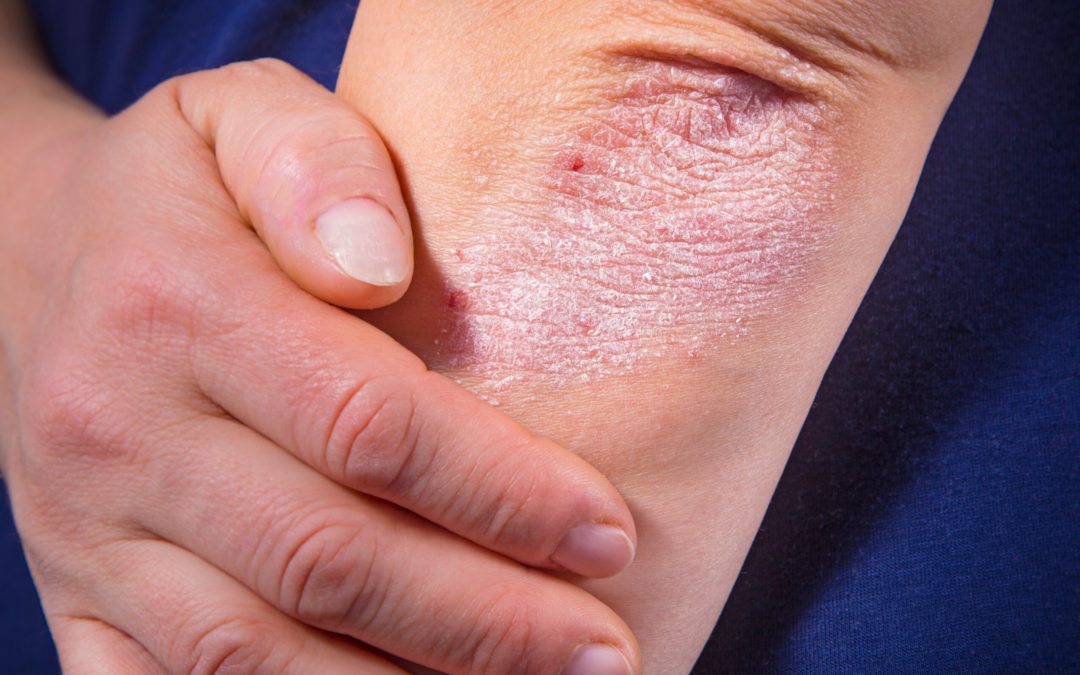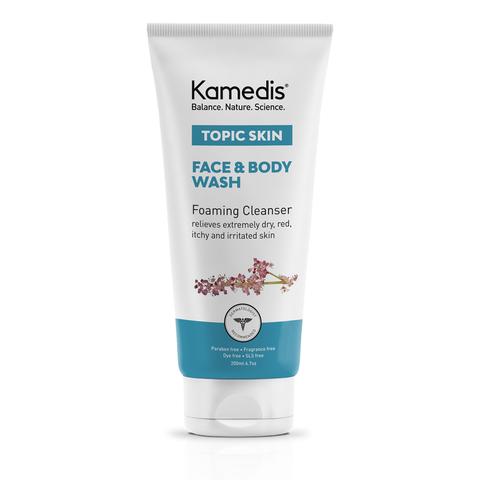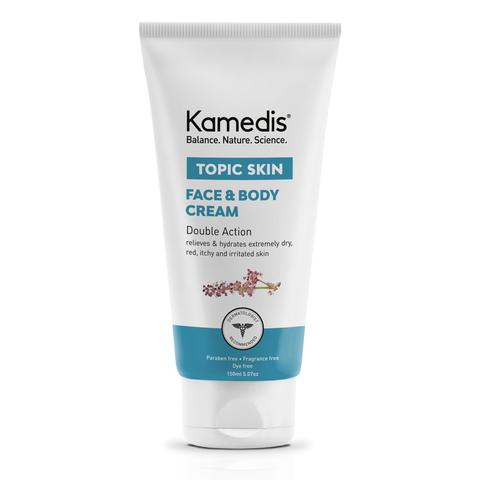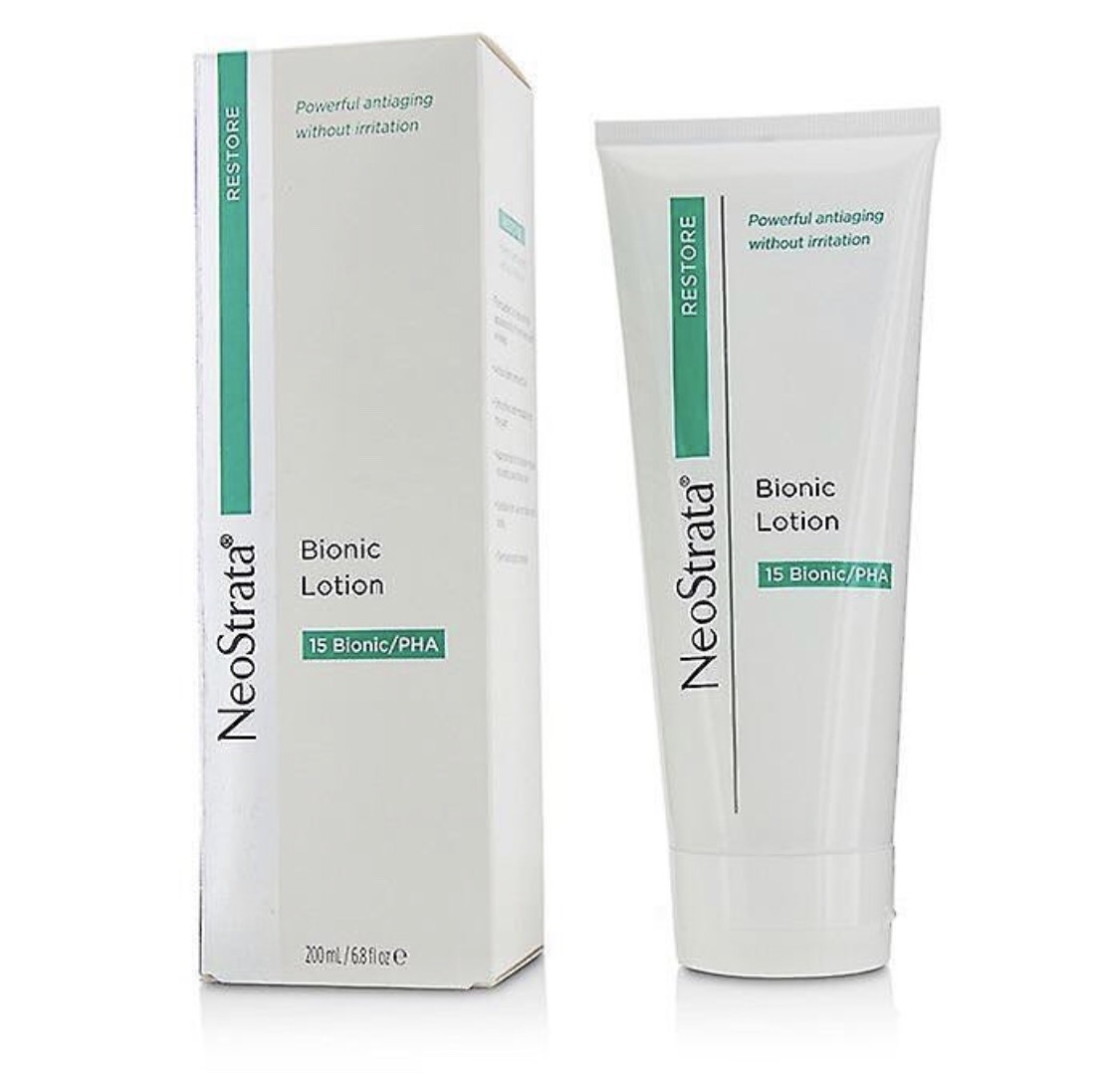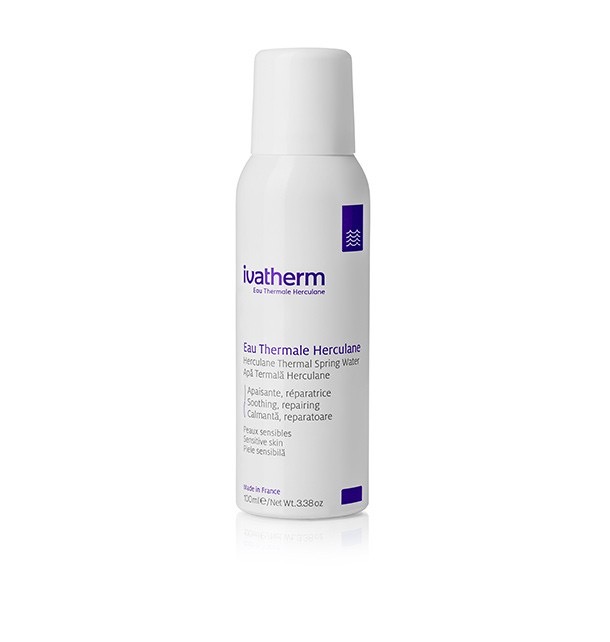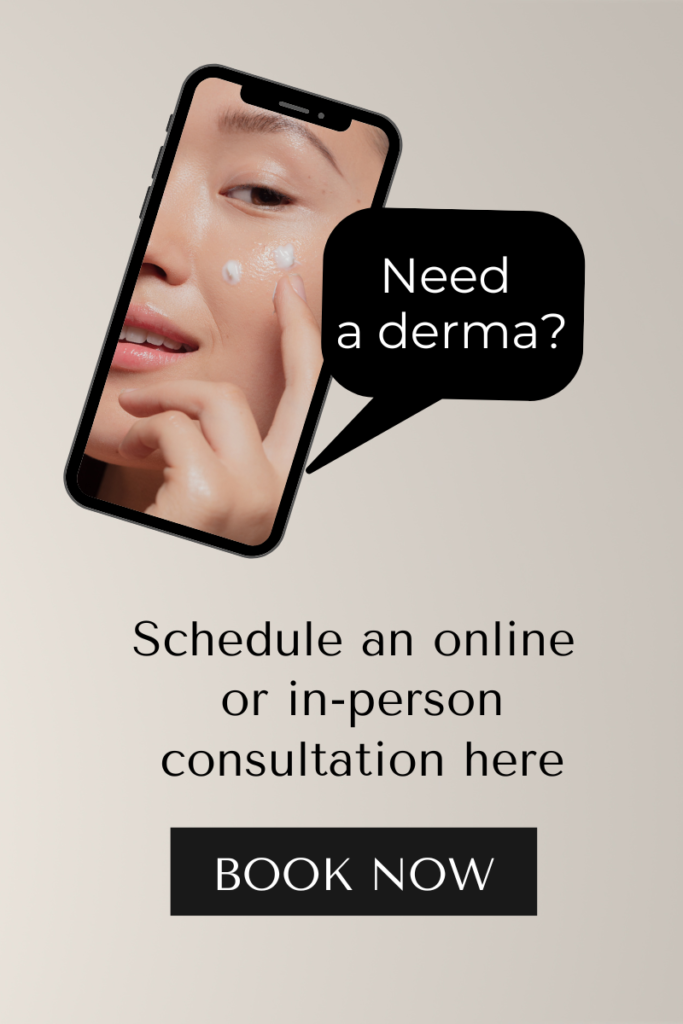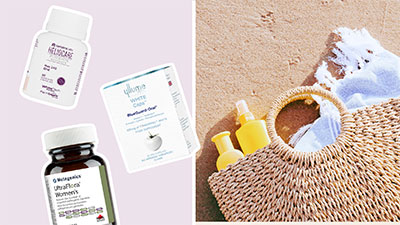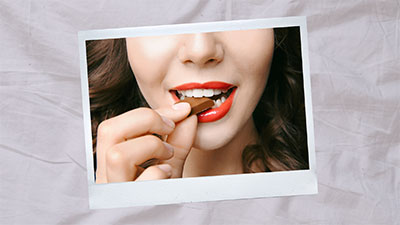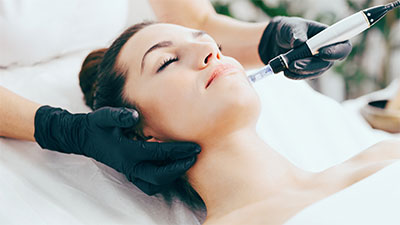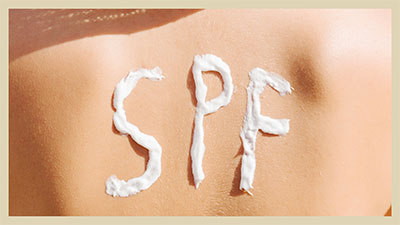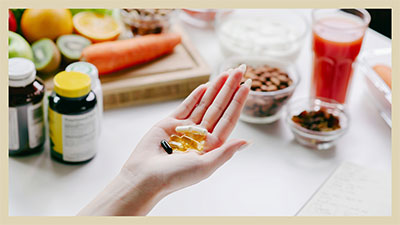Bella Pelle’s resident dermatologist provides a simple step-by-step regimen created for people with eczema.
According to Dr Maximin Navarro, Fellow of the Philippine Dermatological Society and co-founder of Bella Pelle Philippines, eczema is a skin condition characterized by inflamed and irritated skin. It can occur at any age, but the most common type of eczema, atopic dermatitis, usually develops during childhood.
The American Academy of Dermatology (AAD) however points out that you can still get eczema as an adult. Either the condition doesn’t go away from childhood, it comes back in adulthood, or you get it as an adult for the first time. When you get it past your 18th birthday, it’s called adult-onset atopic dermatitis.
What are the symptoms?
“The most common symptom of eczema is itching,” says Navarro. “Sometimes [the itchiness] starts before the rash appears. In adults, it [usually] appears on the face, back of the knees, wrists, hands, or feet. Although it may occur in other areas [of the body] as well.”
Navarro adds that when you have eczema, the affected areas appear very dry, thickened, or scaly. “When you scratch it, it may become moist, ooze, and become infected.”
The AAD also notes that the appearance of eczema is usually different in children and adults. In adults, “the skin tends to be extremely dry and scaly where atopic dermatitis appears. If you’ve had atopic dermatitis for years, patches of your skin may be thick, leathery, and darker (or lighter) than the surrounding skin. Years of scratching causes this. The thickened skin can itch all the time.”
What causes eczema?
The causes of eczema, says Navarro, remains largely unknown. WebMD says, “The current thinking is that eczema is caused by a combination of factors that include:
- Genetics
- Abnormal function of the immune system
- Environment
- Activities that may cause the skin to be more sensitive
- Defects in the skin barrier that allow moisture out and germs in
- Endocrine disorders such as thyroid disease”
What triggers eczema?
Navarro notes that there are a lot of factors which can trigger an eczema flare-up. Hot and humid weather causes excessive sweating that could then lead to eczema when the folds of the skin become macerated. On the other hand, cold weather may cause our skin to become dry, dehydrated, which can then also lead to eczema.
Contact to allergens in the environment like the household and cosmetic products we are exposed to, or allergens we’re exposed to because of work may lead to eczema as well. “Individuals who are exposed to a lot of allergens—[especially] occupational or work-related exposure—are more prone to developing eczema,” says Navarro.
Physical or emotional stress can also trigger eczema. According to the American National Eczema Association, “Emotional stress is considered an eczema trigger, but we are not exactly sure why. Some people’s eczema symptoms get worse when they’re feeling ‘stressed.’ Others may become stressed, just knowing they have eczema, and this can make their skin flare-up.”
Related: Powerful Ways Women in Their 40s and 50s Can Practice Self-Love in Everyday Life
Another trigger is skin infections. The National Eczema Association notes, “Your eczema can become infected with bacteria or viruses that live in the environment. Staphylococcus aureus (“staph”) is one of the most common types. The molluscum virus, herpes virus (fever blisters and cold sores), and certain kinds of fungus (ringworm or athlete’s foot) are other common triggers for infection.”
What skincare routine should you follow?
People with eczema need to be extra careful about what they put on their skin. Anything new or harsh can trigger a flare-up. Even over-the-counter products that are branded mild may not make the cut. Plus, normal skincare routines may not be applicable. Because the skin is sensitive and hyper-reactive, it’s best to stick to the skincare basics and use derma-approved products that target atopic skin types.
Below, Navarro outlines a step-by-step routine and recommends products that are specifically created for people with eczema:
Step 1: Cleanse the face and body with a mild, hypoallergenic, preservative-, paraben-, formaldehyde-free cleanser.
If the eczema is dry, apply a wet compress to hydrate the skin. This may be done twice a day until the skin’s moisture is restored to normal.
If the eczema is moist or oozing, a normal saline solution compress is needed to dry the skin. This may be done twice a day until the lesion is dry.
Kamedis Topic Skin Face and Body Wash, P1,480
This gentle foaming gel is free of steroids, fragrance, SLS, paraben and dyes. It cleanses while calming and soothing dry skin, and is especially recommended for extremely dry skin, irritated, itchy skin, and redness and rash, or for people suffering from psoriasis or eczema.
Froika Omega Plus Emollient Wash, P1,750
It’s an intensely hydrating face and body wash for sensitive and atopic-prone skin, making it perfect for people suffering from acutely dry skin or eczema since it soothes irritations and redness. It works by maintaining the skin’s natural pH, restoring the skin barrier, and restructuring the hydrolipidic balance of the skin.
Step 2: Apply a moisturizer with humectant and emollient properties to restore the skin’s lost moisture.
Kamedis Topic Skin Face and Body Cream, P1,850
This rich face and body cream calms extremely dry, scaly, irritated, and itchy skin. It’s clinically proven to reduce flare-ups by 50 percent, and is free of steroids, fragrance, paraben, and dyes. It’s recommended even for people looking for relief from the symptoms of psoriasis or eczema, and is safe for infants, children, and adults.
The kit contains both the Kamedis Topic Skin Face and Body Wash and Kamedis Topic Skin Face and Body Cream.
Froika Omega Plus Milk, P1,800
An Emollient Moisturizing Calming Milk designed for atopic-prone skin, it prevents moisture loss, relieves itchiness, controls flare-ups, and protects against eczema-triggering allergens. Its rich combination of fatty acids hydrates from the surface to deep within the cellular level.
Froika Omega Plus Cream, P2,200
This emollient moisturizing and calming cream for the face and body is specifically formulated for acute dryness and to serve as an atopic skin treatment. It’s rich in plant oils and shea butter that hydrate the skin. Its key ingredients replace the skin’s lost lipids and protects the skin against moisture loss and allergens.
Froika Omega Plus Bath Oil, P1,700
Calm and soothe atopic skin with this bath oil that you apply after your final rinse in the shower. It intensely hydrates and protects the skin from the drying effects of water. It also relieves irritations, particularly the burning sensation brought on by eczema.
NeoStrata Bionic Lotion, P3,500
This lotion contains gentle, yet effective Polyhydroxy Acids (PHAs) that’s ideal for even the most sensitive and reactive skin. It contains 12% Gluconolactone, 3% Lactobionic, and Vitamin E, and is designed to soothe and nourish dry, irritated skin on both the face and body. Plus it boasts anti-aging and antioxidant properties.
NeoStrata Bionic Face Cream, P2,500
If you prefer using cream for your face rather than lotion, this reparative emollient is for you. It contains 8% Gluconolactone and 4% Lactobionic Acid, and provides intense hydration for sensitive and highly reactive skin types.
Step 3: Apply a topical antibiotic and topical anti-inflammatory medication such as steroid. You may also take oral antihistamines to reduce the itchiness. Note that a consultation for proper evaluation and treatment of the eczema with a board certified Philippine Dermatological Society (PDS) dermatologist is necessary before doing this step.
Navarro also has additional tips you can follow on top of the routine above: If you sweat a lot, he recommends applying zinc oxide cream in between skin folds and antiperspirant on the underarm. He also suggests carrying around a mineral water spray to cool the face and body for when the weather gets hot and humid.
Ivatherm Herculane Thermal Water, P750-900
With water that comes from a thermal saline spring, it’s rich in minerals and free of pollutants. The calcium, copper and magnesium have anti-inflammatory and anti-allergic properties; the manganese and selenium protect against oxidative stress; and zinc and iron provide healing action. It’s also been proven to have an anti-inflammatory effect, making it ideal for all skin types, but especially beneficial for hyper-sensitive and hyper-reactive skin.
For more beauty and skincare tips, subscribe to our newsletter:

